Say Goodbye to Sciatica Pain with These 7 Effective Methods
Sciatic nerve pain, also known as sciatica, can be a debilitating condition caused by compression or irritation of the sciatic nerve. This often results in radiating pain that travels from the lower back down to the legs.
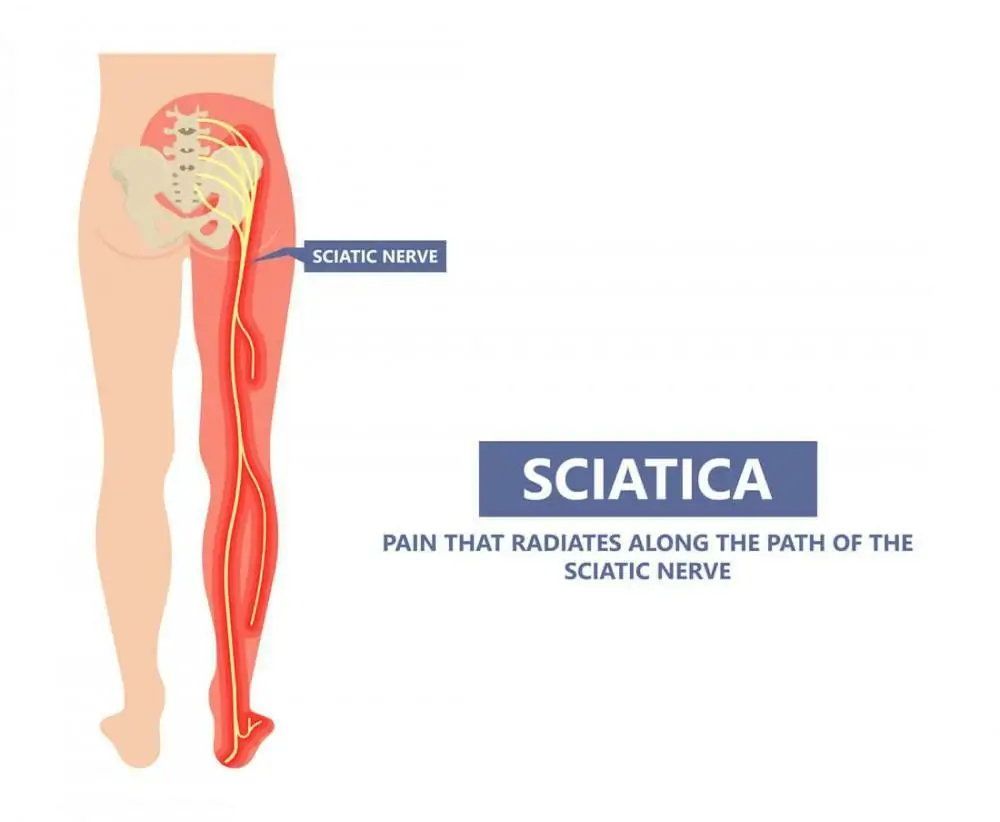
While medical treatment is essential for severe cases, there are several effective home remedies that can help alleviate sciatic nerve pain. In this article, we will list 6 self-care remedies that can bring relief and improve the quality of life for those suffering from sciatica.
1. Massage therapy
Massage therapy, typically performed by chiropractors or licensed massage therapists, can be a helpful treatment for sciatic nerve pain. However, seeking professional massage therapy may come with the hassle of scheduling appointments and commuting to a clinic. Thankfully, for at-home convenience, one can utilize self-massage tools.
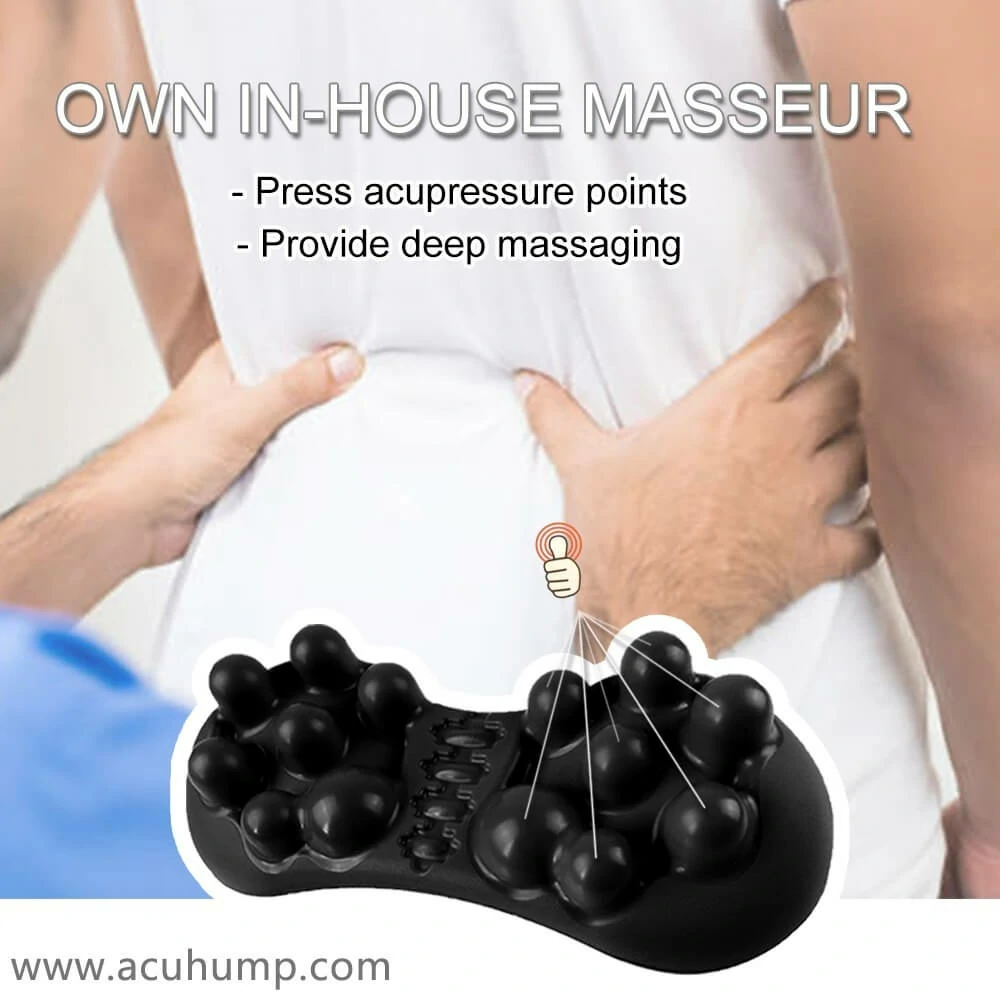
These tools allow individuals to enjoy the benefits of massage therapy without the need for appointments or travel. While professional-grade acupressure tools may come with a higher price tag, their effectiveness and time-saving benefits make them well worth the investment. These tools can target specific trigger points and promote relaxation, increased blood circulation, and reduced inflammation around the sciatic nerve, leading to pain relief and improved healing.
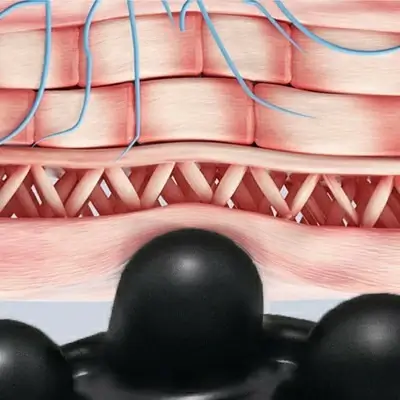
Acu-hump® Release the Back & Butt
2. Stretching exercises
Regular stretching exercises play a vital role in relieving our sciatic nerve pain. In the past, we may have tried various stretches without seeing any improvement. However, we realized that focusing on just one exercise is not enough. Sciatic nerve pain can originate from both the lower back and the hips, and these areas are interconnected. If one area is weak or tight, it can affect the other. That’s why we decided to try Acu-hump’s comprehensive stretching routine.
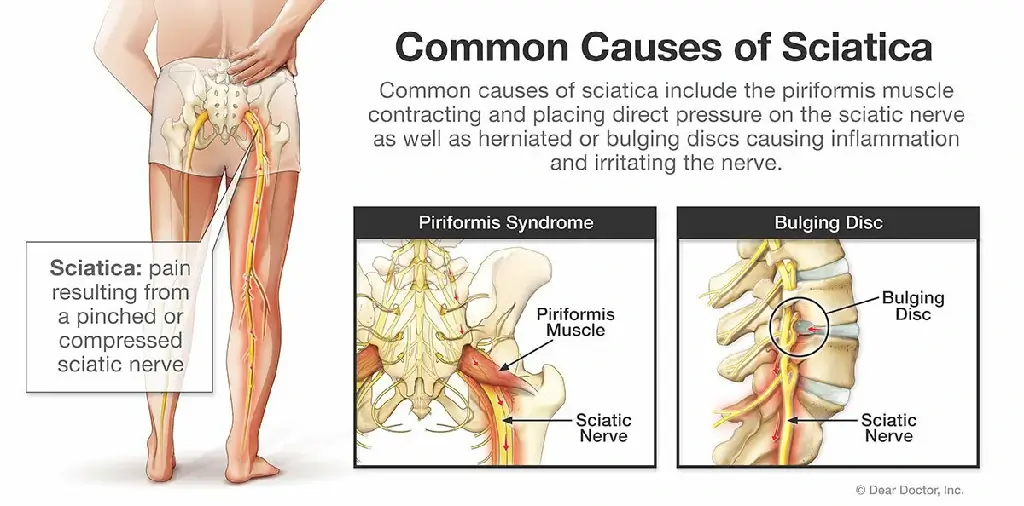
The Acu-hump sciatica stretching routine targets the entire pathway of our sciatic nerve pain. It starts from the lower back, moves through the hips, and extends all the way down to the roots of our thighs. This routine incorporates the Acu-hump acupressure massage tool, which features 14 specially arranged massage protrusions, to help us perform the stretches effectively.
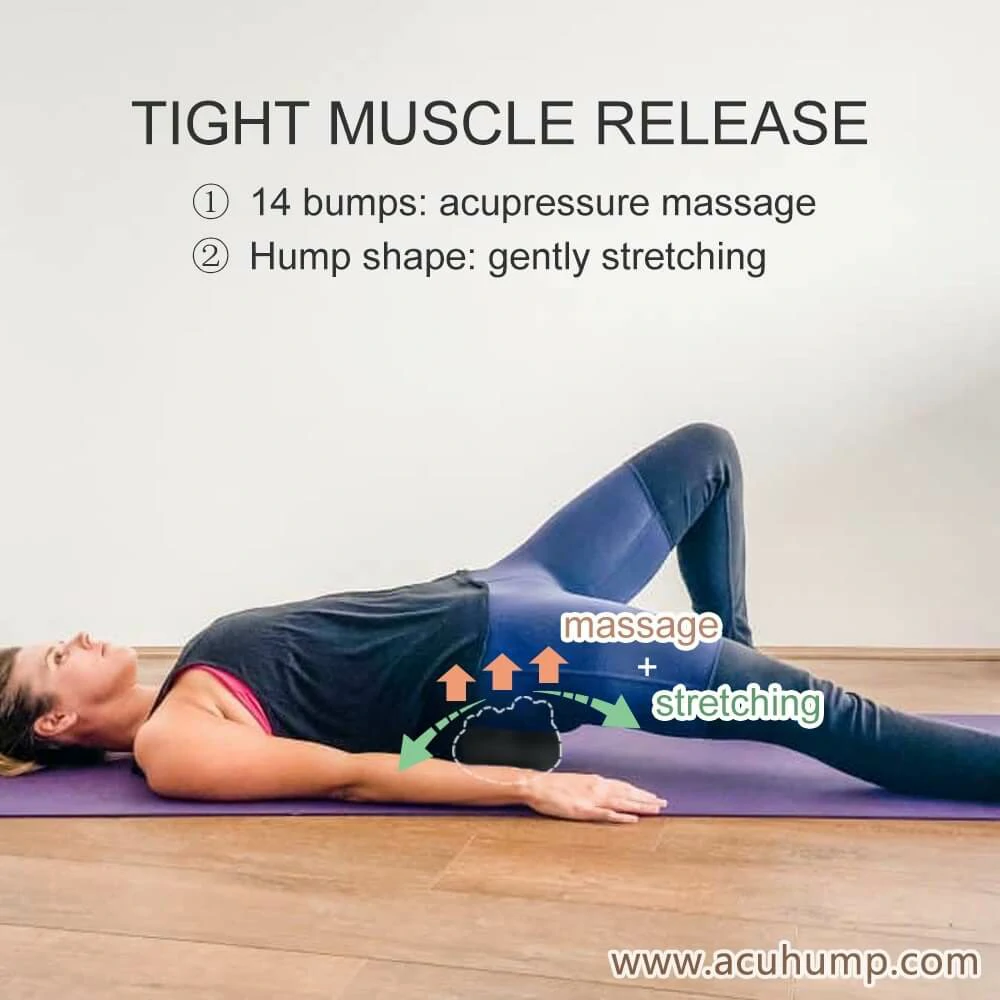

Acu-hump: 30-day return policy.
You have no risk.
The routine is designed with simplicity in mind, featuring 6 easy-to-follow movements that can be completed in just 10 minutes each time. By following this structured stretching exercises for sciatica, we can fully relax the entire pathway of our sciatic nerve pain and increase the chances of finding relief. It has been a game-changer in our recovery journey.
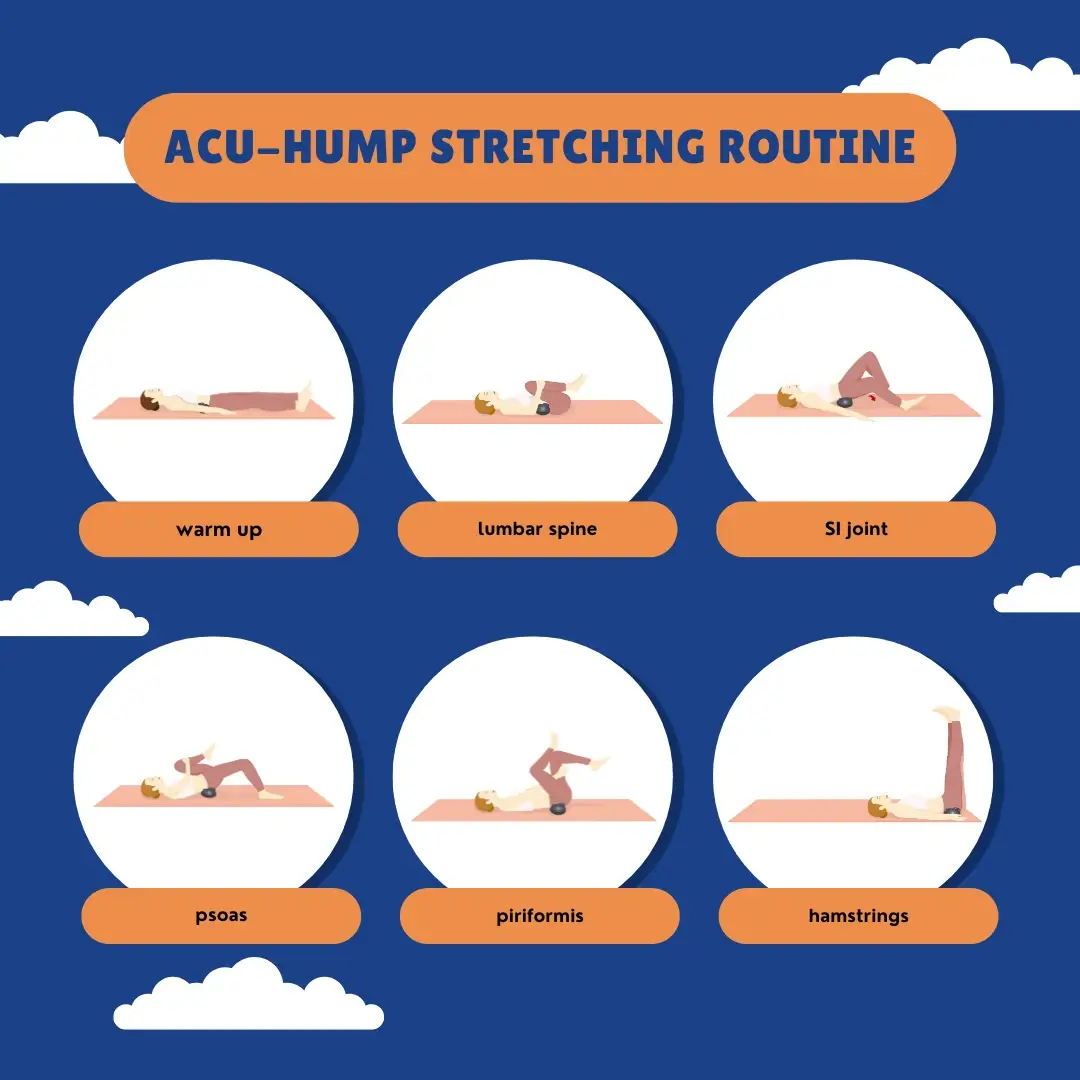
Acu-hump: 30-day return policy. No risk for you.
3. Strengthening for Sciatica
In addition to stretching, engaging in gentle aerobic exercises can also help prevent sciatic nerve pain. Activities such as swimming and walking can be beneficial. However, it is important to note that if sciatic nerve pain is currently flaring up, it is more appropriate to rest rather than engage in physical activity. Additionally, excessive walking may aggravate sciatic nerve pain.
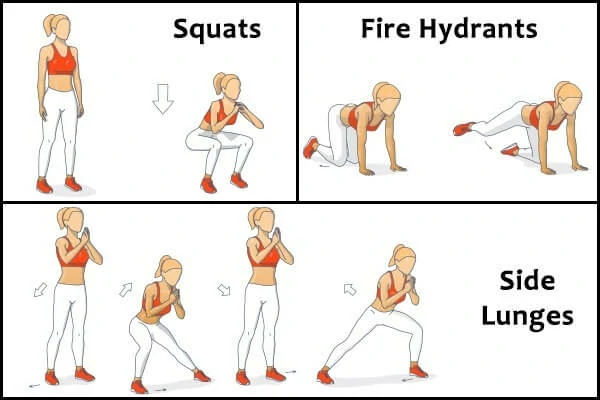
If possible, participating in yoga or Pilates can be advantageous. These activities help strengthen the muscles that support the spine and increase flexibility, reducing pressure on the sciatic nerve. Certain yoga poses specifically target the lower back and hips, such as child’s pose or downward-facing dog, which can provide relief and improve overall mobility. These sciatica strengthening exercises may also help from the lower back to the hips.
4. Heat therapy
Using a heating pad on the affected area before bedtime can help relax the muscles, increase blood flow, and alleviate pain.
Another option to consider is gua sha, a traditional Chinese therapy that involves scraping the skin to promote healing and relieve pain. Gua sha can be beneficial for sciatic nerve pain as well, as it helps improve blood circulation and reduces muscle tension. By incorporating these techniques into our bedtime routine, we can enhance relaxation and potentially experience relief from sciatic nerve pain.

5. Good posture and body mechanics
The sciatic nerve, being the thickest nerve in our body, can cause significant pain when it becomes compressed. That’s why maintaining good posture and practicing proper body mechanics is essential in alleviating sciatic nerve pain.
We need to be mindful of our posture, ensuring that we sit and stand upright with our shoulders back and our spine properly aligned. By implementing correct lifting techniques and taking regular breaks throughout the day to stretch, we can reduce the pressure on our sciatic nerve and minimize pain and discomfort. Taking proactive measures to prioritize good posture and body mechanics is crucial in managing and preventing sciatic nerve pain.

6. Over-the-counter medication
Over-the-counter non-steroidal anti-inflammatory drugs (NSAIDs), such as ibuprofen or naproxen, can be beneficial for managing sciatic nerve pain. These medications help reduce pain and inflammation, providing temporary relief. However, it is essential to follow the recommended dosage and consult with a healthcare professional, as some individuals may have contraindications or specific medical conditions that require alternative pain relief options.
By incorporating these home remedies, such as massage therapy, stretching exercises, gentle movements, and heat or cold therapy, we can effectively manage our sciatic nerve pain. However, it’s crucial to acknowledge that these remedies provide symptomatic relief and do not address the underlying cause of sciatica. To understand our specific condition and receive appropriate guidance, it is important to consult a healthcare professional. They can provide a proper diagnosis and recommend the most suitable home remedies for our situation.
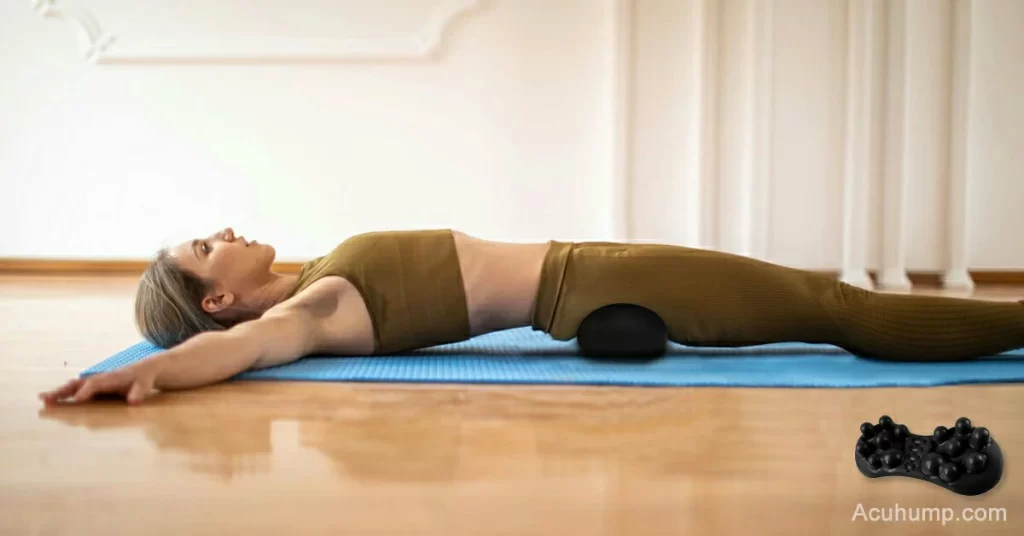
Acu-hump®
Sciatica Massage Tool
Taking a holistic approach to pain management is key, as it involves addressing the root cause of our sciatic nerve pain. By working together with healthcare professionals, we can find the right treatment plan, including lifestyle modifications, physical therapy, or other interventions, to facilitate our recovery and improve our overall quality of life. Remember, every individual’s situation is unique, and seeking professional guidance will ensure that we receive personalized care and the best possible outcomes.

Ok, so I’ve had this thing since October. I was a little intimidated to try it. Now I’m kicking myself for staring at it for 6 months! …
You can use it while on the floor, a bed or couch depending on your preferences and the amount of stability you want or can take…
But for myself, I IMMEDIATELY felt putting it on my lower back/hip area is going to be my sweet spot! Just 20 seconds of use, I felt so much better! The tension in my lower back was released enough where I could tell right away. I can’t wait to see how good I feel when I get my time laying on it up to 10 minutes…

I deal with sciatica and back pain. I’ve used several stretching devices for my back and always wished I could use them on my lower back and hips more. So, this is perfect. The one side with larger “nubs” is a little painful if you’re sore but does work well to work out any knots or trigger points. The other side is gentler and provides a really good stretch for this area. I will continue using it to stretch and relieve tension. I can’t say it’s fixed it, but it certainly will help!
